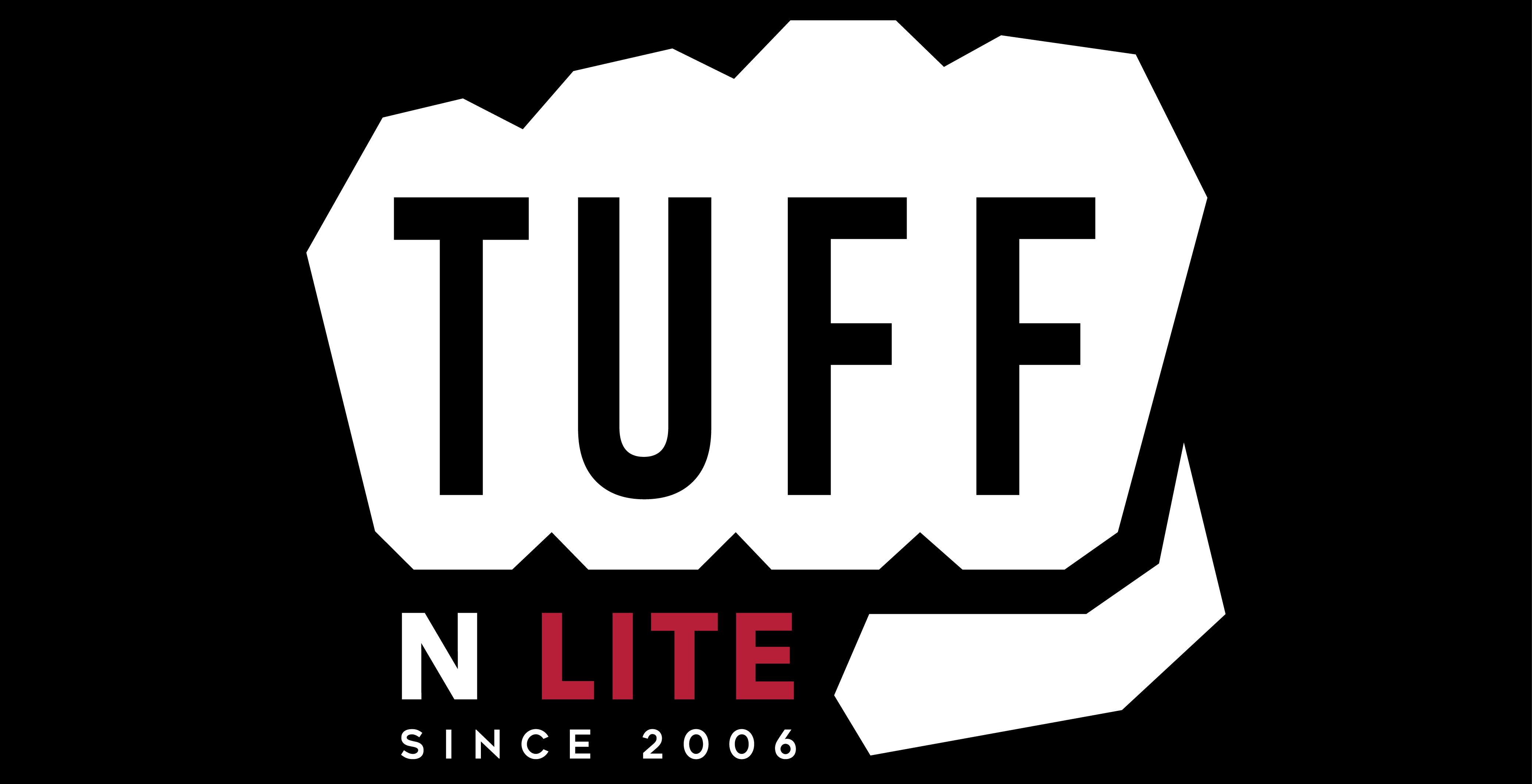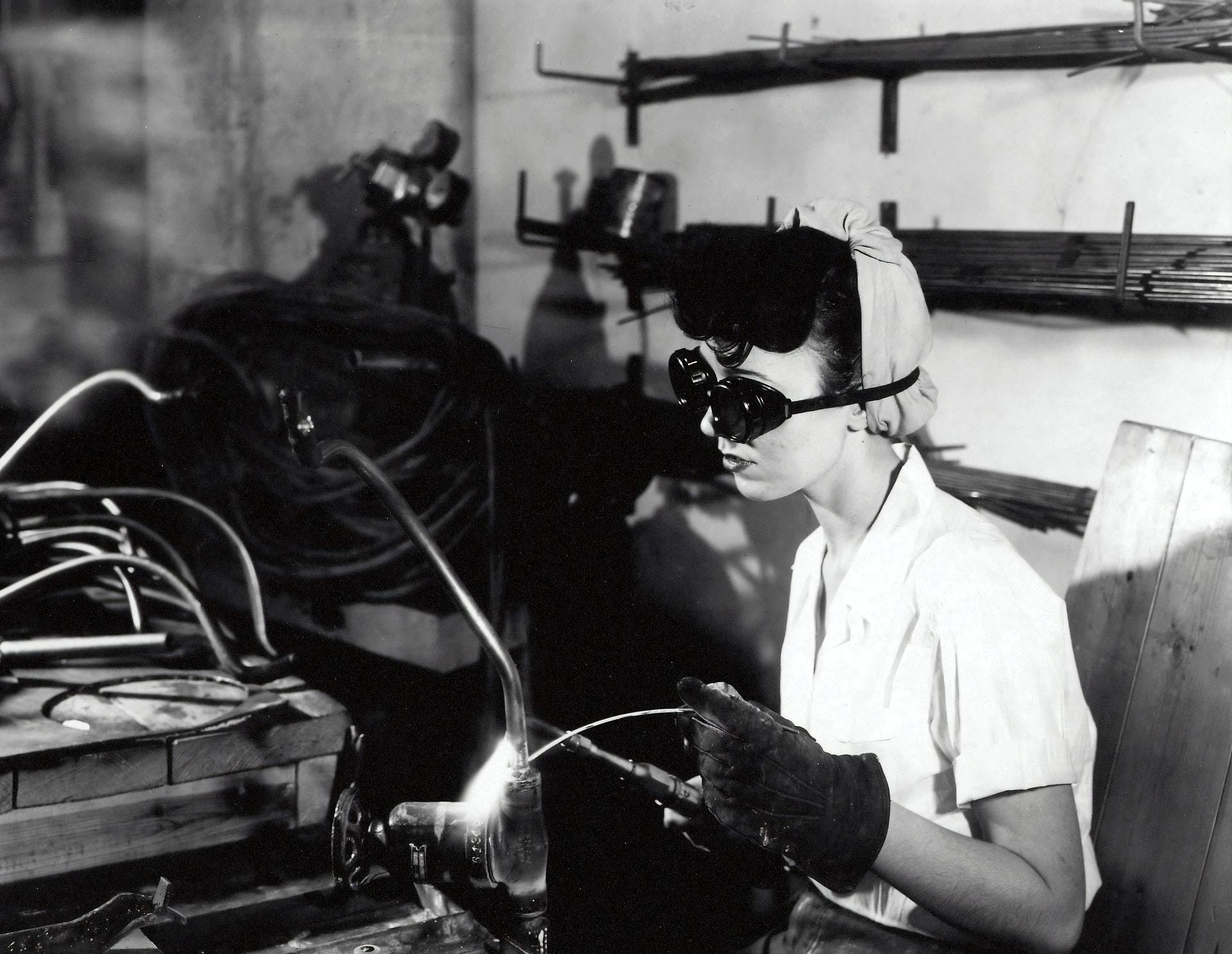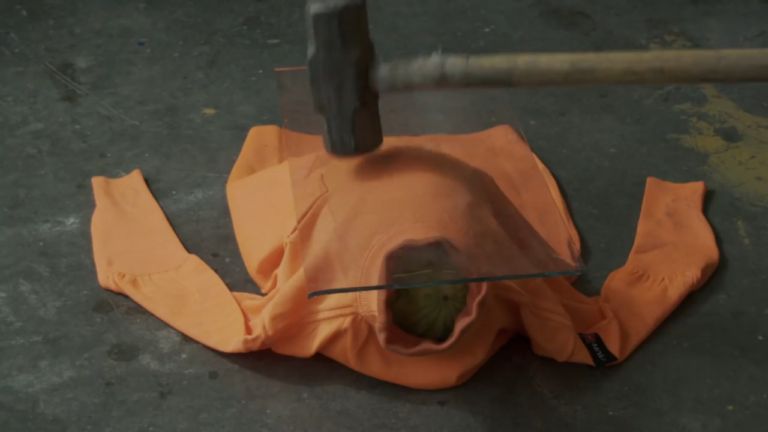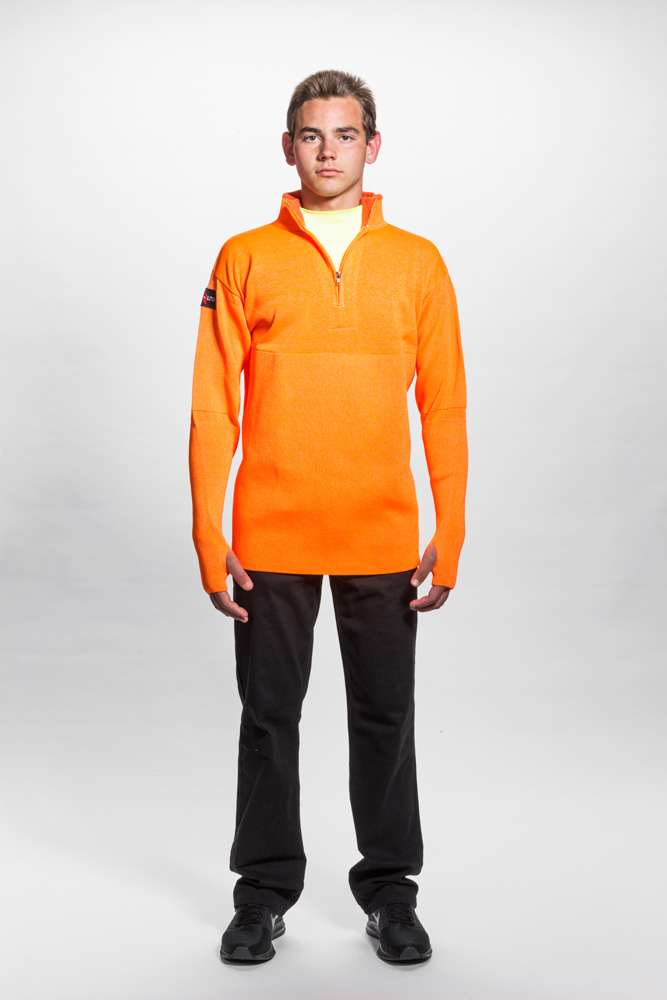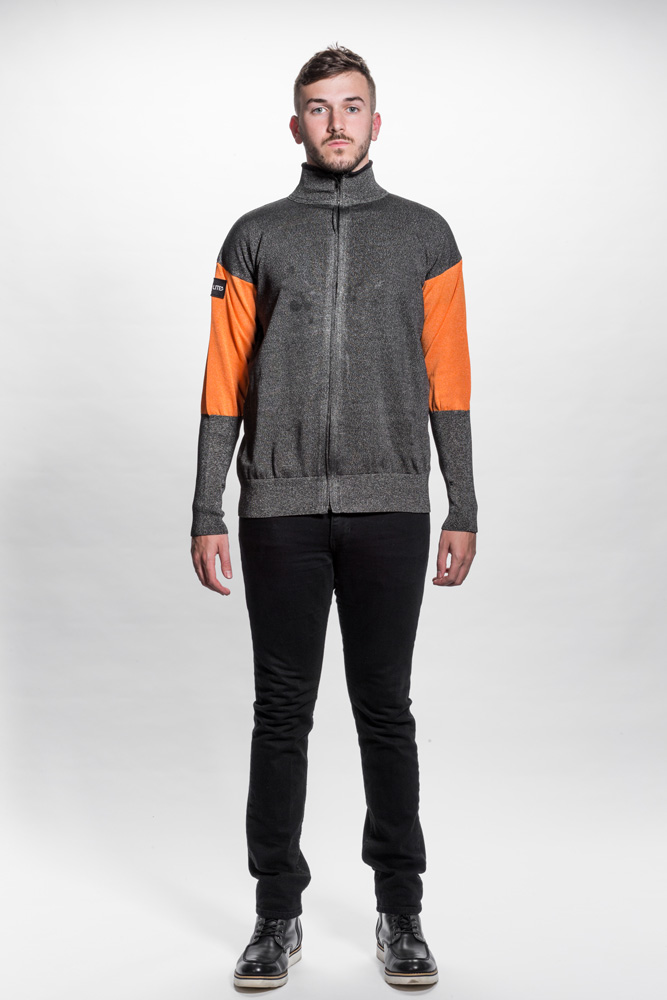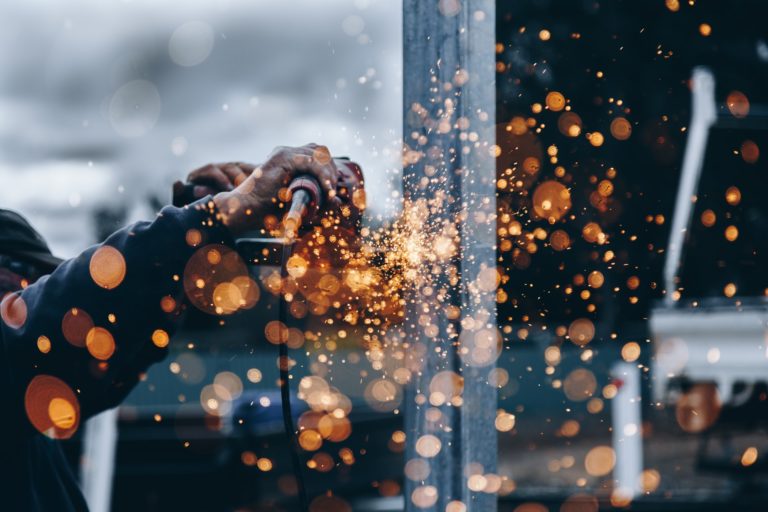6 Common Problems With Cut-Resistant PPE Selection & How to Avoid Them
Selecting the best PPE for workers is not always an easy task. In fact, with so many different kinds of equipment to consider, selection can feel almost impossible at times.
There are ways to make the selection process easier, however. In this guide, we’re going to take you step-by-step through some of the most common issues we see safety managers face when it comes to PPE selection. By addressing these issues, giving actionable advice, and helping you understand PPE better, our Tuff-N-Lite team will help you make an informed and confident decision for keeping your employees safe while on the job.
After all, PPE is absolutely vital to a safe work environment, which makes choosing the right equipment a top priority.
The 6 Common Problems with PPE Selection
When deciding what PPE to outfit workers with, there are some obvious factors to account for. Depending on the type of work being done, employees can wear anything from jackets and gloves to full bodysuits. These different types of PPE are expected in all work environments where employees are handling potentially harmful materials and for good reason.
But how do you go about selecting each of those specific pieces of equipment? To avoid complications and frustration when choosing PPE, let’s examine some common sources of confusion and opportunities for improvement.
Understanding the Test & Rating
Cut-resistant PPE level is determined, in the United States, by the American Society for Testing and Materials (ASTM) standard F2992M, which can be found on the ASTM website. The standard itself details the test method used to determine a material’s cut-resistant level, including how the test is conducted and what it measures. However, the explanation itself is hard to understand.
This problem stems from the fact that ASTM standards are written by and for people with a high level of technical knowledge. As a result, very few people understand the test and how it works, including safety managers.
Working Around ‘Gray Areas’ in PPE Tests
The complicated testing methods and regulations also result in products that are not always the most consumer-friendly.
For example, there is a gray area when applying the test to knitted materials. It simply does not yield an accurate result or represent its true strength. Because the test for knitted materials is done on a small area, (roughly the size of your palm) and on such an angle that it causes the material to relax and lose structural integrity while testing, resulting in an inaccurate outcome. In order to get around this and pass the test with level 4 or 5 PPE, some companies use thicker materials to “pass the test.”
The caveat, however, to achieving the cut-resistance level desired is that it comes at the cost of wearability. With this thicker material, workers may find that their PPE is too heavy, too hot, and too uncomfortable to wear. This is a huge issue because it can lead to poor compliance. People may not wear their PPE as needed due to the discomfort it causes, and that is exposing them to danger.
Furthermore, many people also struggle to understand what different levels of resistance actually mean. They know that a level 5 apron is better than a level 4 apron, but they may not understand what level 5 protection means.
This leads to safety managers being misled and not knowing what test method they need to consider, which can result in purchasing PPE with the wrong cut-resistance level needed to protect their workers. The fault here is not with the managers, but with the test being so unclear.
The Difference Between Kevlar & UHMWPE, and HPPE Knitted Materials
For a long time, Kevlar (para-aramid fiber) dominated the PPE market. For years it was the most durable and comfortable material across most industries. Times have changed, though, and companies like us have pushed the industry forward with knitted UHMWPE (ultra-high molecular weight polyethylene) and HPPE (high-performance polyethylene) PPE.
Knitted UHMWPE and HPPE PPE, when compared to Kevlar, is:
- More comfortable
- More durable
- More cut-resistant
It’s important to understand that Kevlar and knitted UHMWPE, and HPPE PPE like Tuff-N-Lite are different. While about 90% of companies today do not use Kevlar PPE anymore, carelessness can result in purchasing the wrong type of equipment. It is crucial to make sure the PPE you are buying is what it says it is.
Understanding PPE Features
Many times, people purchase PPE because they see it has a high level of resistance without ever questioning what that piece of equipment is resistant to. This stems from a lack of understanding when it comes to PPE features and standards, and it’s not their fault. Many people simply don’t know what they don’t know.
Assuming things about equipment without having enough background knowledge can be incredibly dangerous. For example, many Tuff-N-Lite fabrics have a tiny wire in the core of the yarn, which is where some of the cut-resistance comes from. However, this wire can prove deadly if the person wearing it is operating near any source of electricity.
Similarly, people ordering PPE for their employees working around fire hazards may assume that the PPE is FR (fire-resistant) without double-checking if the material is made of high-performance polyethylene. People working around a fire threat should NOT wear PPE made of UHMWPE or HPPE, as it can melt into the skin and cause severe damage.
Often, people researching and purchasing the equipment do not even consider this aspect, simply because the standards surrounding PPE are so vague.
Cost vs. Quality
One of the most common (and most important) problems with PPE selection stems from the price of equipment.
One of our customers at Tuff-N-Lite had an unpleasant experience with cheaply made PPE. We’d like to share their story to illustrate the true cost of choosing inexpensive material.
Like many others, they thought, “I don’t need the best jacket, I need one that can get the job done for a good price.” So, they purchased $150 jackets from China for their employees instead of the $300 jackets we offered, even though their durability would last them 3 or more years.
To their disappointment, the $150 jackets fell apart in 1 month. Imagine the bill at the end of the year if they had to keep replacing the $150 jackets every month? They would have paid far more in the long run than just purchasing our $300 jackets every 3 years.
Needless to say, they purchased our jackets after that experience and have never looked back.
Situations like this, unfortunately, dominate the industry because people don’t know what cheap PPE will really cost them.
When it comes to cost, some essential questions must be asked, mainly:
- How long will it last?
- When will I have to replenish it?
- What will it cost my company in a year?
Most times, you will find that cost and quality directly correlate to one another. That quality translates into PPE that is safe AND comfortable to wear. Without doing any research, though, it can be easy to assume that cheaper PPE will get the job done. Understanding the real price of safety is important.
Using Employee Knowledge
Frequently, safety managers decide on PPE without first speaking to the employee who will be wearing it. This is an excellent opportunity for improvement.
Safety managers are not always familiar with the task or job an employee is working on, which means they are usually not able to tell if something is dangerous.
For example, if an employee is moving sheets of half-inch annealed glass onto a rack by sliding the glass across their body, that action is very damaging to PPE. It may even eventually injure the worker if the glass were to break and the PPE was not well maintained or properly chosen in the first place. The safety manager may want the lightest PPE available when this task calls for heavier reinforced material.
It’s important to remember that employees are the ones being protected by the PPE selected for them. Their input is invaluable but ultimately should not be the deciding factor when purchasing. Observing the repetitive task the employee is doing is the key to selecting the right PPE.
Time
Another problem many safety managers face is not having enough time to make the most informed decision possible. To make the best PPE selection, research must be conducted. Sometimes this is due to a lack of planning (it happens to everyone), but many times, it can be out of your control.
Take the following scenario, for example. It’s a Wednesday, and you, the safety manager, are informed that there will be ten new workers starting on Monday. You are also told that each employee must have PPE ready to go on Monday morning. Now, you’re on the clock to make a decision.
So what do you do? You find the last order you placed for PPE and give them a call. Even if you do not know what coverage the PPE in that order has or what level of resistance you need for these new employees, you have to place the order so it can arrive on time.
This situation is more common than you think, but it can be dangerous.
How to Avoid Common PPE Selection Problems
With all those problem sources in mind, you might be wondering what you can do about them. Luckily, there are options and sources of information you can utilize to ensure you are making the right decision every time.
Establish a Culture of Safety
At Tuff-N-Lite, we believe that the only thing as important as the PPE you wear is the work environment you wear it in. We believe that a culture of safety, which is essentially an environment where safety is a top priority and agreed upon by everyone, is crucial to maintaining a healthy workplace. By establishing a culture of safety in your workplace, you can also help avoid common mistakes and issues when it comes to understanding and selecting PPE.
Establishing a culture of safety is not a quick or straightforward process, but it is worthwhile. For safety managers, it should start with getting familiar with the processes that workers are utilizing every day. Observe employees doing their work, ask questions about specific tasks, and speak with them about concerns or their questions. By familiarizing yourself with what workers are actually doing, you can make more informed decisions about what PPE to outfit them with.
In addition, creating that culture relies on implementing safety policies that are consistently enforced, as well as holding workers accountable if policies are not followed. As it relates to protective clothing, that means:
- Not allowing workers to fold the collar of a jacket and expose their necks
- Keeping jackets zipped up to protect the belly & chest
- Not rolling up the sleeves to protect wrists
- Not double-gloving to maintain control and feeling in the hands
Getting familiar with the tasks and environments will also help save time when it comes to selecting PPE for new hires, or replenishing PPE in general. By understanding what threat level and potential risks a job entails, you can decide what PPE is right for them with confidence.
QSSP Certification
This could be one of the most important investments your company makes. A Qualified Safety Sales Professional (QSSP) certification would enable you or other members of your team to make informed decisions about PPE and the processes in your workplace.
If someone is a QSSP, they are qualified to walk into a factory, look around, and make recommendations on PPE based on dangerous areas and processes. People do not always have the training necessary to recognize a bad process, and becoming or consulting with a QSSP would provide the knowledge to do so.
Having you or your safety managers become QSSP certified would be a tremendous value prop for your company and place you and your team among the most trusted professionals in the country. Becoming a QSSP would give you the tools needed to recognize problems and find solutions.
If you are looking to take the next step for the safety of your workers, ask yourself:
- How much training do I or my EH&S manager have?
- Have we committed resources to elevate our business to the next level?
By becoming a QSSP, or consulting one at the very least, you can give yourself and your team the tools to understand PPE features and standards, PPE test and rating, how to properly evaluate the PPE needed for the work environment and job functions, how to identify dangerous manufacturing processes, and instill a culture of safety in the workplace.
Selecting PPE the Right Way
When it comes to choosing the best PPE for employees, there is a great deal to consider. As a safety manager, you must be sure that workers will be protected at all times, no matter what task or process they are utilizing.
By addressing the problems discussed in this guide, you can take steps to ensure you purchase the best PPE for your employees every time. Establishing a culture of safety, becoming a QSSP, or working with a QSSP are all excellent steps to solving the issues discussed.
The most important steps you can take, however, are observing and interacting with those you are protecting. By doing this, you will gain a greater understanding of their needs, the processes they are working with, and the PPE that is best-suited for them. Selecting the right PPE for workers is paramount to workplace safety, and with this guide, you can make the right decisions going forward.
Still Have Questions?
Still wondering how to select the right PPE for your workers? We’re here to help. Our Tuff-N-Lite team is ready to help you make the best decision to maintain a safe work environment and protect your people. Please contact us.
